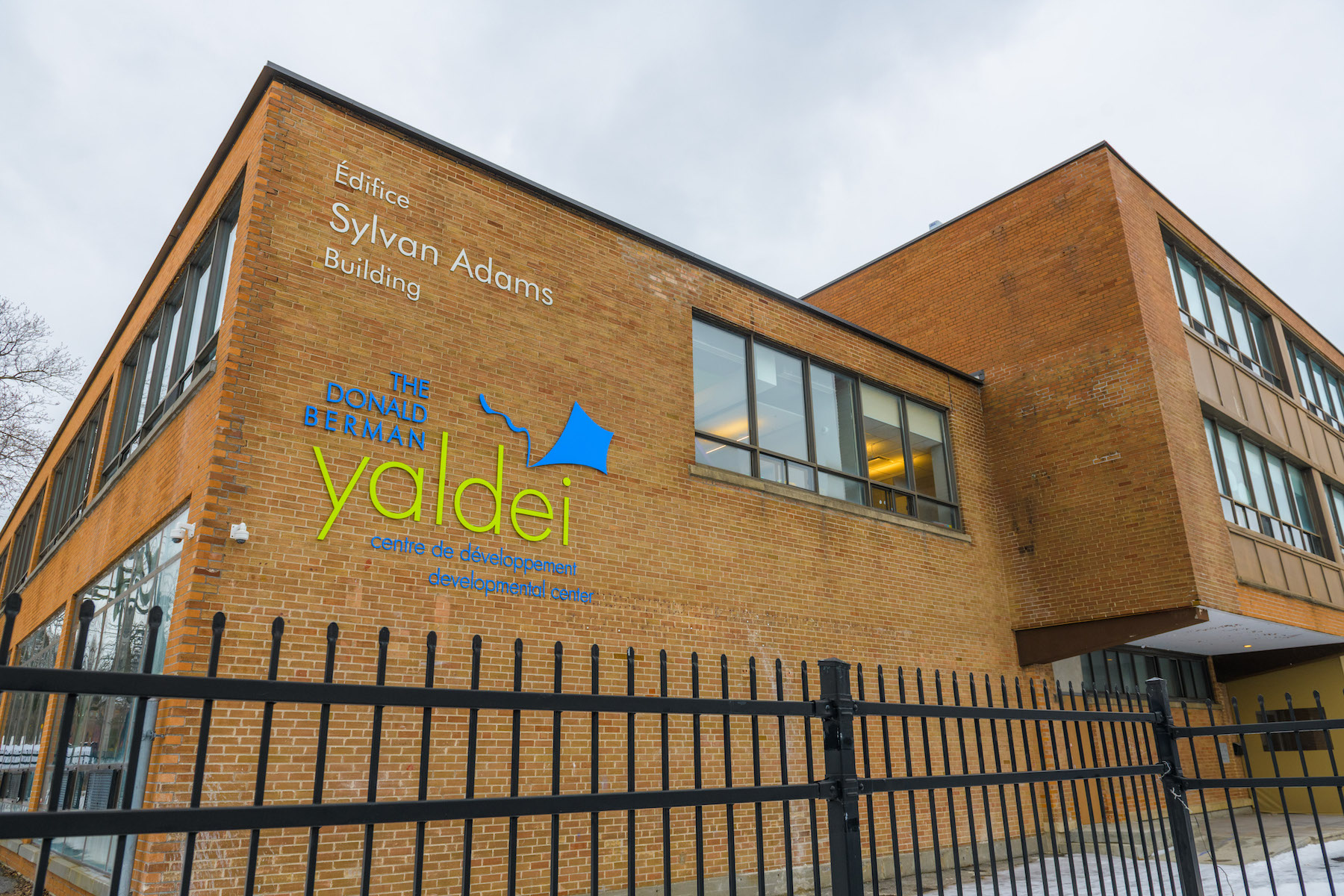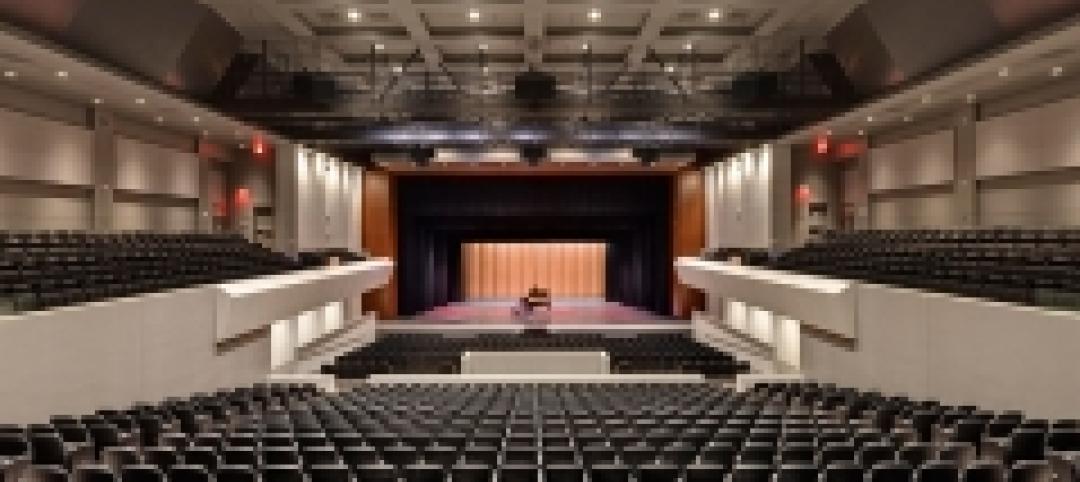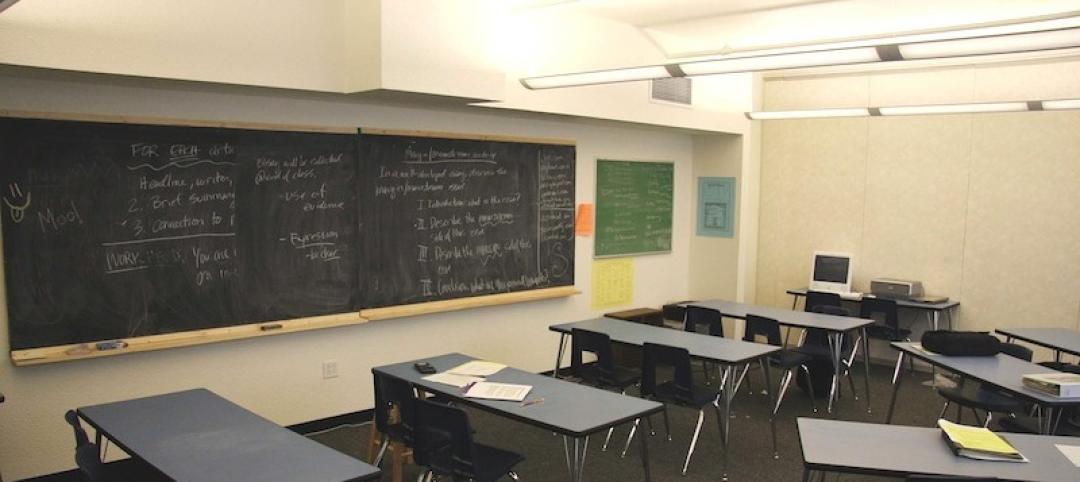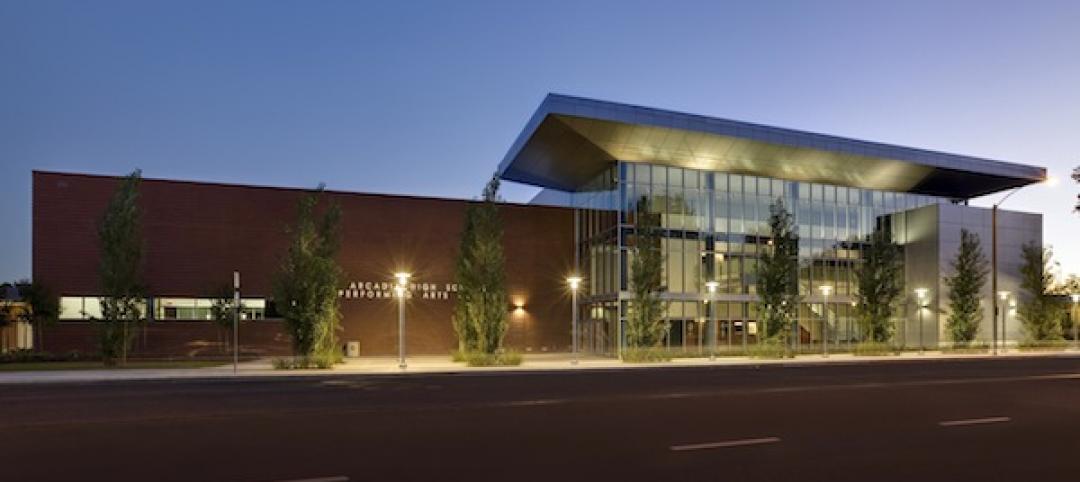Last fall, the Yaldei School in Montreal, Quebec, which provides education and therapy to children ages 4 through 16 with intellectual disabilities, completed a $4.5 million renovation of the three-story former parochial school that it had moved into in 2016. The goal of this project, by the firm Stendel + Reich Architecture, was to create spaces that relieve students’ anxiety and, according to the school, make things fun.
“As a true all-under-one-roof facility, at Yaldei a child can receive every support [he or she needs], and benefit from the collaboration of a multidisciplinary team,” the school stated through a spokesperson. “As such, we are constantly seeking to improve and expand our range of services and therapies modalities, with the aim of reaching every child, and giving each one the best change at success.”
To achieve this, Cliff Stendel, associate principal at Stendel + Reich, studied extensively about the students’ different disabilities, and drew knowledge as well from his firm’s previous experience designing Alzheimer’s facilities.
For example, Alzheimer’s patients often have trouble navigating turns in corridors. So Stendel redesigned Yaldei with oval corridors where, if students turn the wrong way, they just follow the corridor around to where they started.
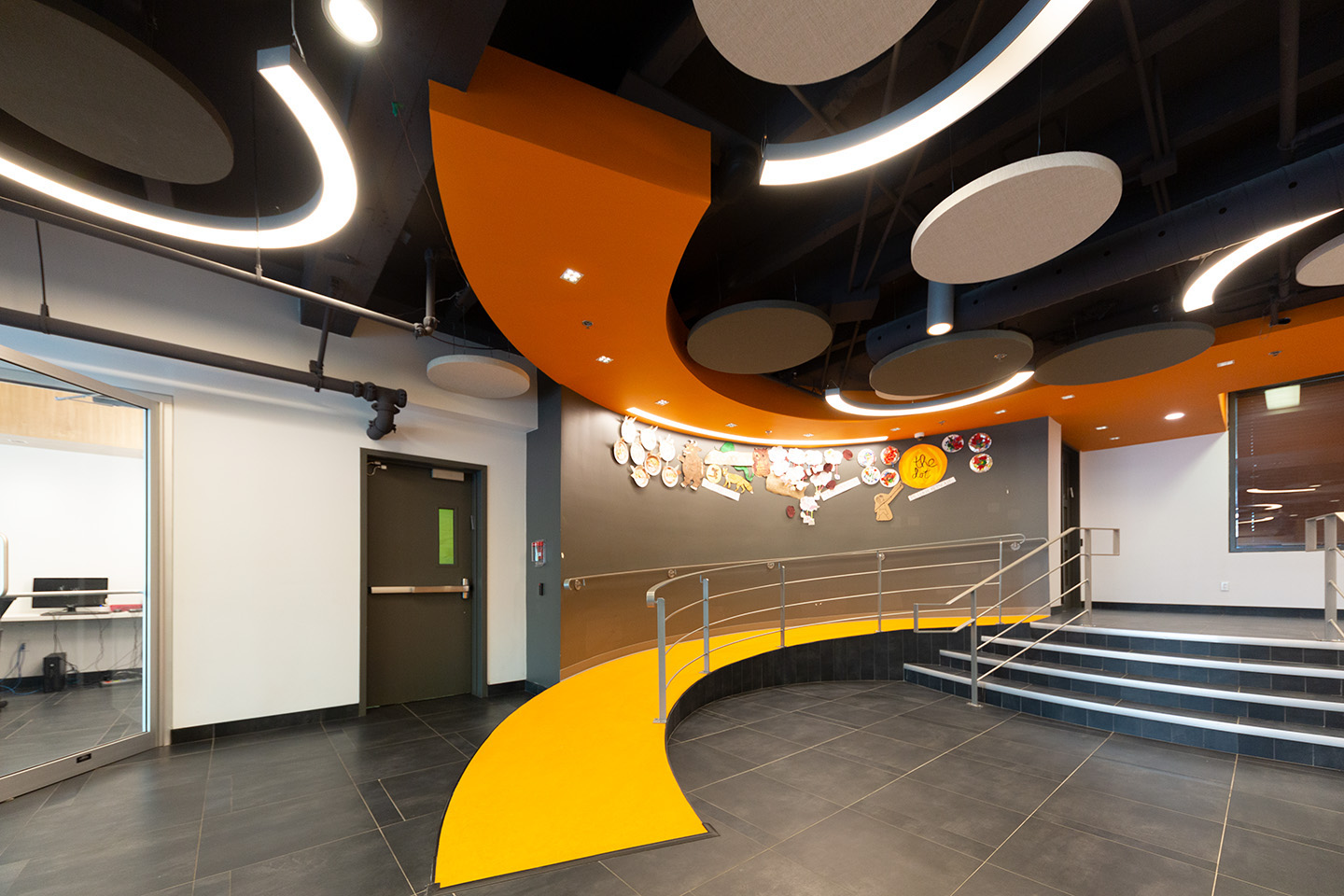
School uses light as therapy
Stendel also realized, through observation, that students with learning disabilities get distracted easily. To address this, the remodeling of therapy rooms excluded direct windows to the outside; instead, glass walls face the corridor, and on the other side of the corridor are windows that let in sunlight.
Lighting is key to this project. Stendel installed thin light strips in various designs to minimize the effect of lighting on hypersensitive children. So-called RGB lights (for red, green, and blue) also contribute to the children’s therapy, and lend a sense of playfulness to the environment.
The school is roughly 40,000 sf, and was remodeled in phases:
• In 2018, renovation of 7,505 sf on the third floor, which is mostly classrooms for older students, was started, as was 335 sf of washroom space and a 1,475-sf administration area. Floors and ceilings were replaced, new lighting and storage installed, and the rooms were freshly painted. The third-floor reno was completed last fall, and included the addition of eight classrooms, a revamped MEP/HVAC system, an accessible bathroom, a kitchenette in each classroom, and a teacher resource room and library;
• In 2019, the 12,355-sf second floor received a full renovation that included moving separate therapy rooms there, and converting a portion of this space to an early intervention area;
• In 2020, 6,410 sf of main classroom space were renovated, as were 6,425 of the first floor’s 10,580 total square footage.
This renovation project has allowed Yaldei School to grow. In the past few years, its enrollment has increased by 20 percent to 110. (The school has 165 registered students.) The school also collaborates with more than 25 schools in Montreal to provide services to a total of 250 intellectually challenged children per year.
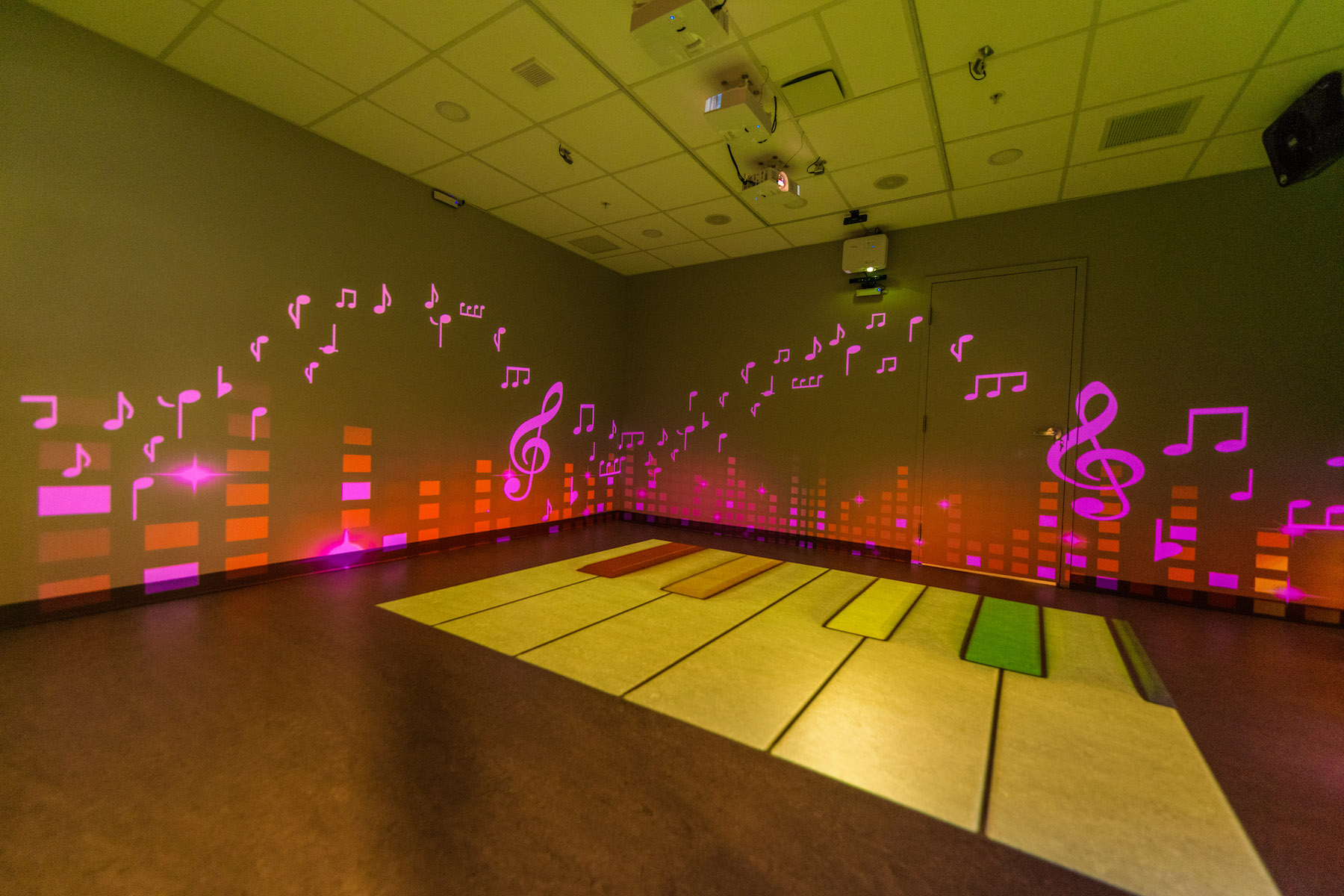
As a result of its renovations, Yaldei Shcool recently initiated an early-intervention group for infants with multiple handicaps and intense physical needs; and added an Art and Social Skills group for girls with high-functioning autism spectrum disorder. These weekly groups help children learn social skills and use art to relieve stress.
Yaldei’s future plans call for adapting more rooms into fully equipped classrooms to meet anticipated enrollment increases.
Related Stories
| Apr 10, 2013
6 funding sources for charter school construction
Competition for grants, loans, and bond financing among charter schools is heating up, so make your clients aware of these potential sources.
| Apr 10, 2013
23 things you need to know about charter schools
Charter schools are growing like Topsy. But don’t jump on board unless you know what you’re getting into.
| Apr 2, 2013
6 lobby design tips
If you do hotels, schools, student unions, office buildings, performing arts centers, transportation facilities, or any structure with a lobby, here are six principles from healthcare lobby design that make for happier users—and more satisfied owners.
| Mar 21, 2013
Are charter schools killing private schools?
A recent post on Atlantic Cities highlights research by the U.S. Census Bureau's Stephanie Ewert that shows a correlation between the growth of charter schools and the decline in private school enrollment.
| Mar 14, 2013
25 cities with the most Energy Star certified buildings
Los Angeles, Washington, D.C., and Chicago top EPA's list of the U.S. cities with the greatest number of Energy Star certified buildings in 2012.
| Feb 6, 2013
Arcadia (Calif.) High School opens $20 million performing arts center
A 60-year old wish for the community of Arcadia has finally come true with the opening of Arcadia Unified School District’s new $20 million Performing Arts Center.


